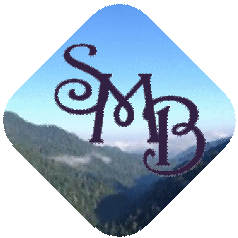
Agate Beads
Agate is a variety of translucent Chalcedony ranging in many colors due to mineral inclusions.
WE ARE ONLY ONLINE
We currently do not have a brick & mortar store open to the public.
Latest update: 2026 January 10
Variscite
Variscite is a hydrated aluminium phosphate mineral (AlPO4·2H2O), a relatively rare phosphate mineral. It is sometimes mistaken for Turquoise, which Variscite is usually greener in color.
Variscite is a secondary mineral formed by direct deposition from phosphate-bearing water that has reacted with aluminium-rich rocks in a near-surface environment. It occurs as fine-grained masses in nodules, cavity fillings, and crusts. Variscite often contains white veins of the calcium aluminium phosphate mineral crandallite.
Variscite is used as a semi-precious stone, and is popular for carvings and ornamental use. It was first described in 1837 and named for the locality of Variscia, the historical name of the Vogtland, in Germany. At one time, Variscite was called Utahlite. At times, materials which may be Turquoise or may be Variscite have been marketed as "Variquoise".
Variscite from Nevada typically contains black spider-webbing in the matrix and is often confused with green Turquoise. Most of the Nevada Variscite recovered in recent decades has come from mines located in Lander County.









